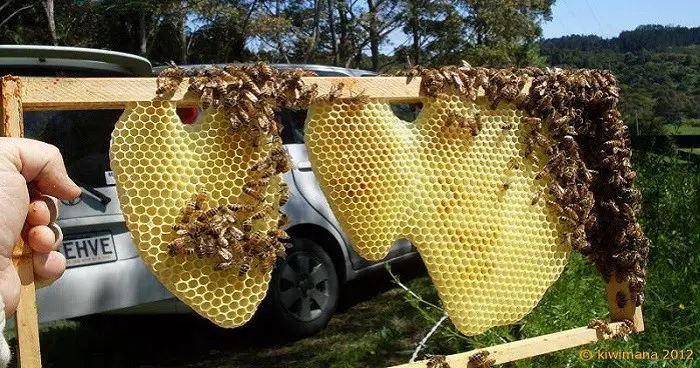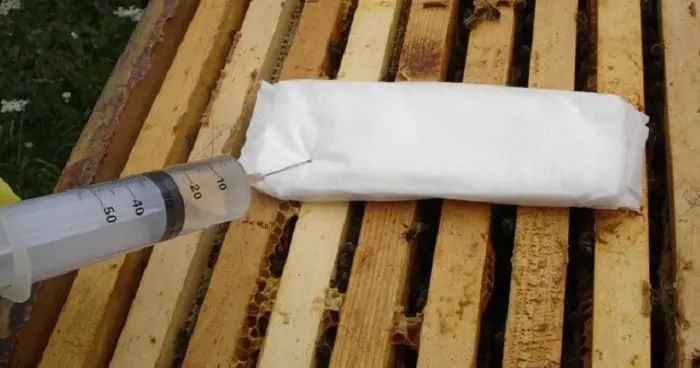Natural treatments in bee hives
How to help bees to fight the Varroa mite

A bee with 2 varroa mites on the back.
Bees are having a rough patch. Everywhere in the world, beekeepers have noticed their bee colonies die off at an alarming rate. A lot of possible causes have been pointed out. Some are related to external factors, meaning to be related to the environment itself. The most commonly advocated external causes are climate change, habitat and biodiversity loss, pesticides, diseases and parasites such as the Varroa destructor mite. Beekeepers are trying out several treatments to fight Varroa.
In this guide we list natural treatments in bee hives against parasites and diseases.
What is Varroa?
It is an external parasite that attaches to the body of honey bees, and breeds within the colony by laying its eggs and feeding on the larvae.
Varroa destructor is known for causing brain development disorders. In elevated infestation levels it can be a direct cause of colony loss, but it is also a vector of several viruses.
This means that a colony, weakened by Varroa, can be easily attacked by further viruses and diseases.
Depending on climatic conditions, the damage caused by Varroa appears from autumn to early spring during the overwintering phase, leading to general weakening and often complete losses of colonies.
Although bee viruses usually persist as unapparent infections and cause no overt signs of disease, they can dramatically affect honey bee health and shorten the lives of infected bees under certain conditions7.
Even with proper management it is impossible to keep apiaries 100% free from Varroa mites.


